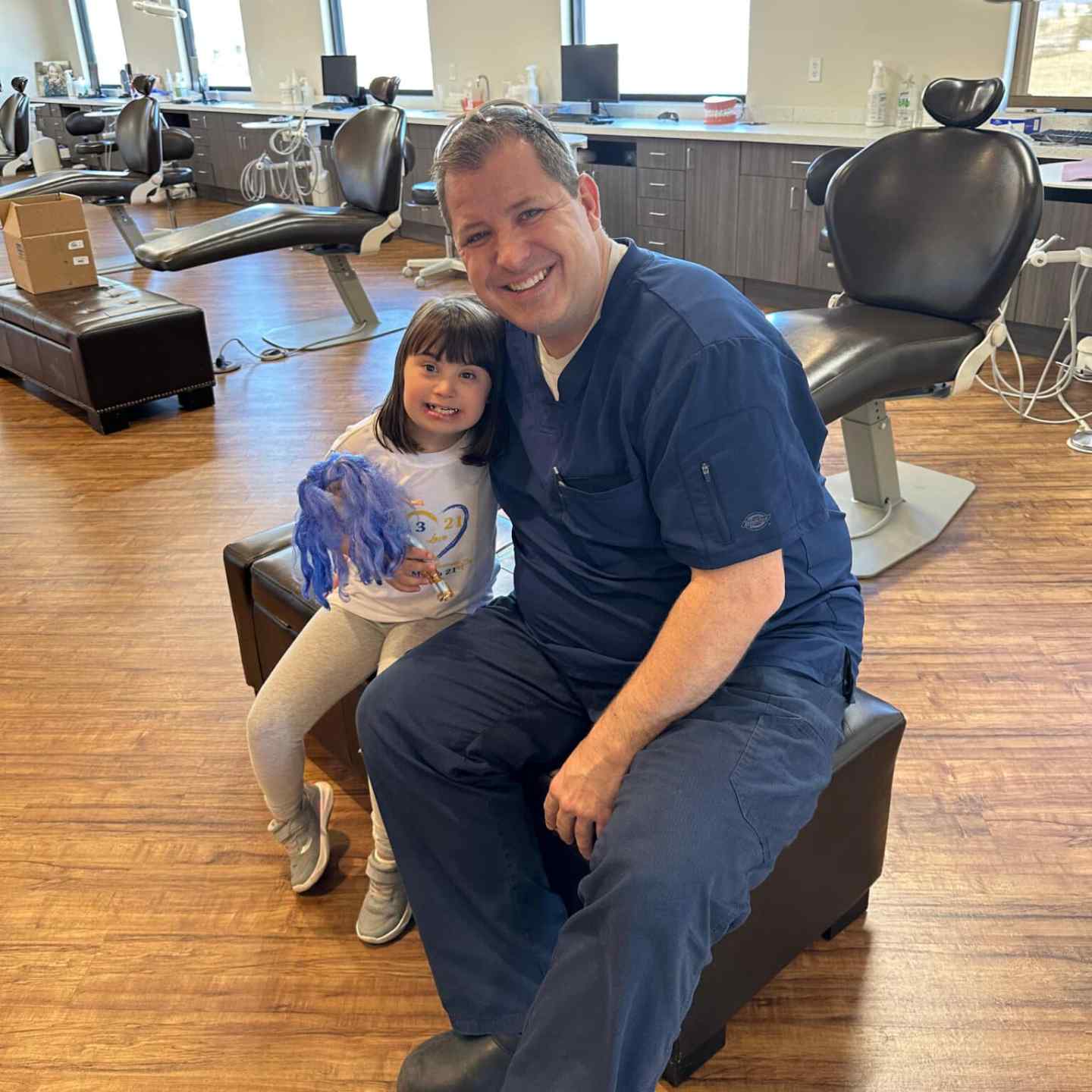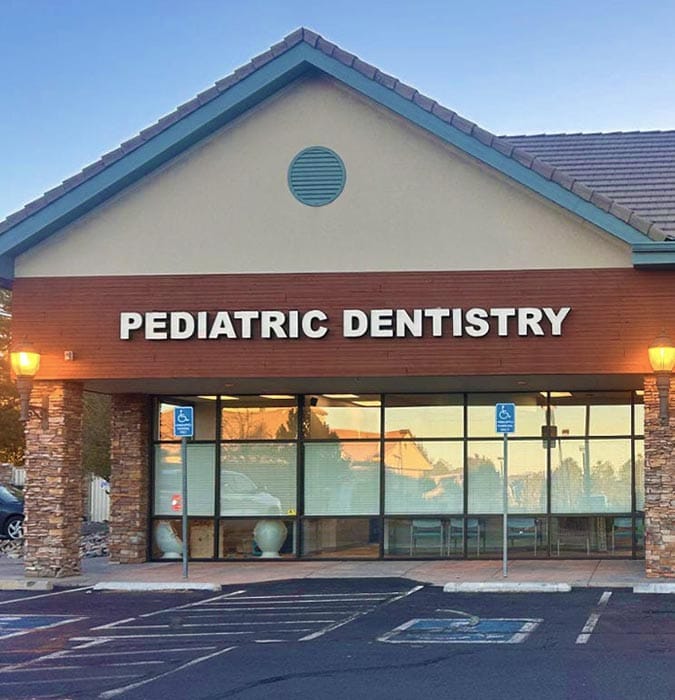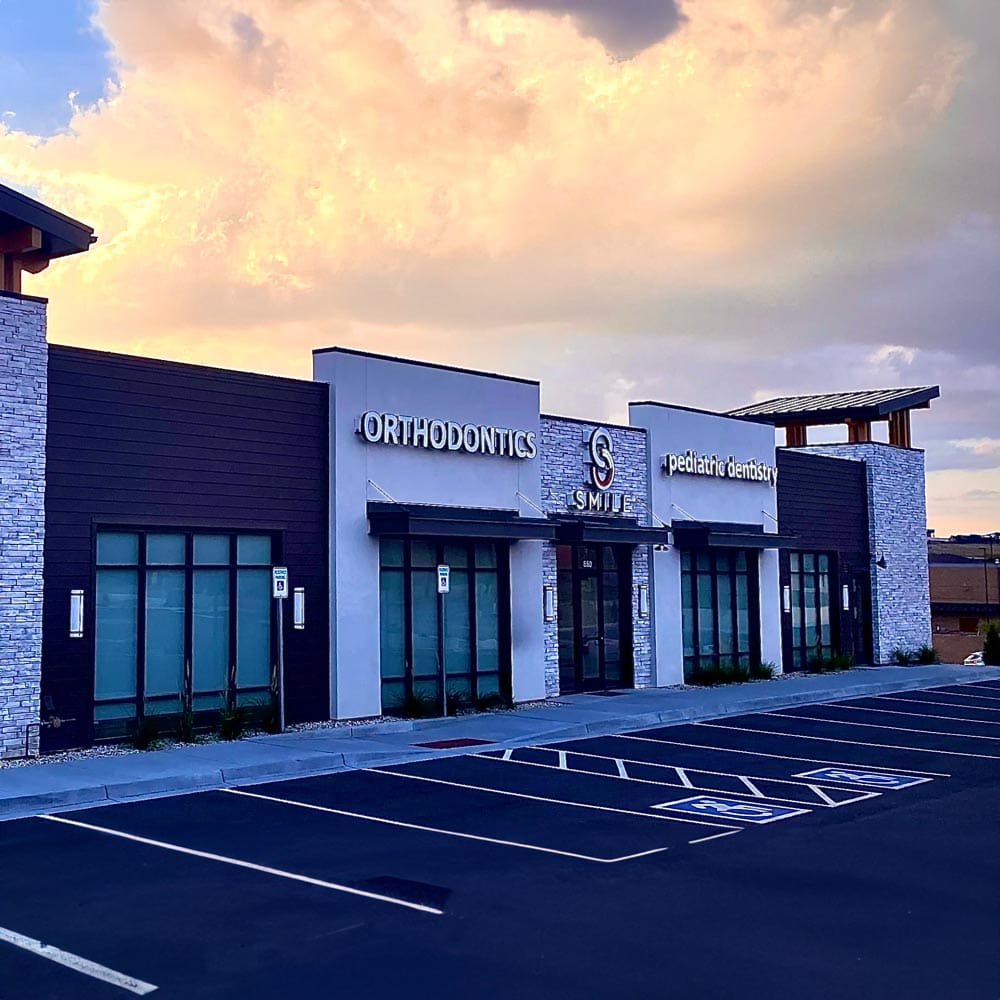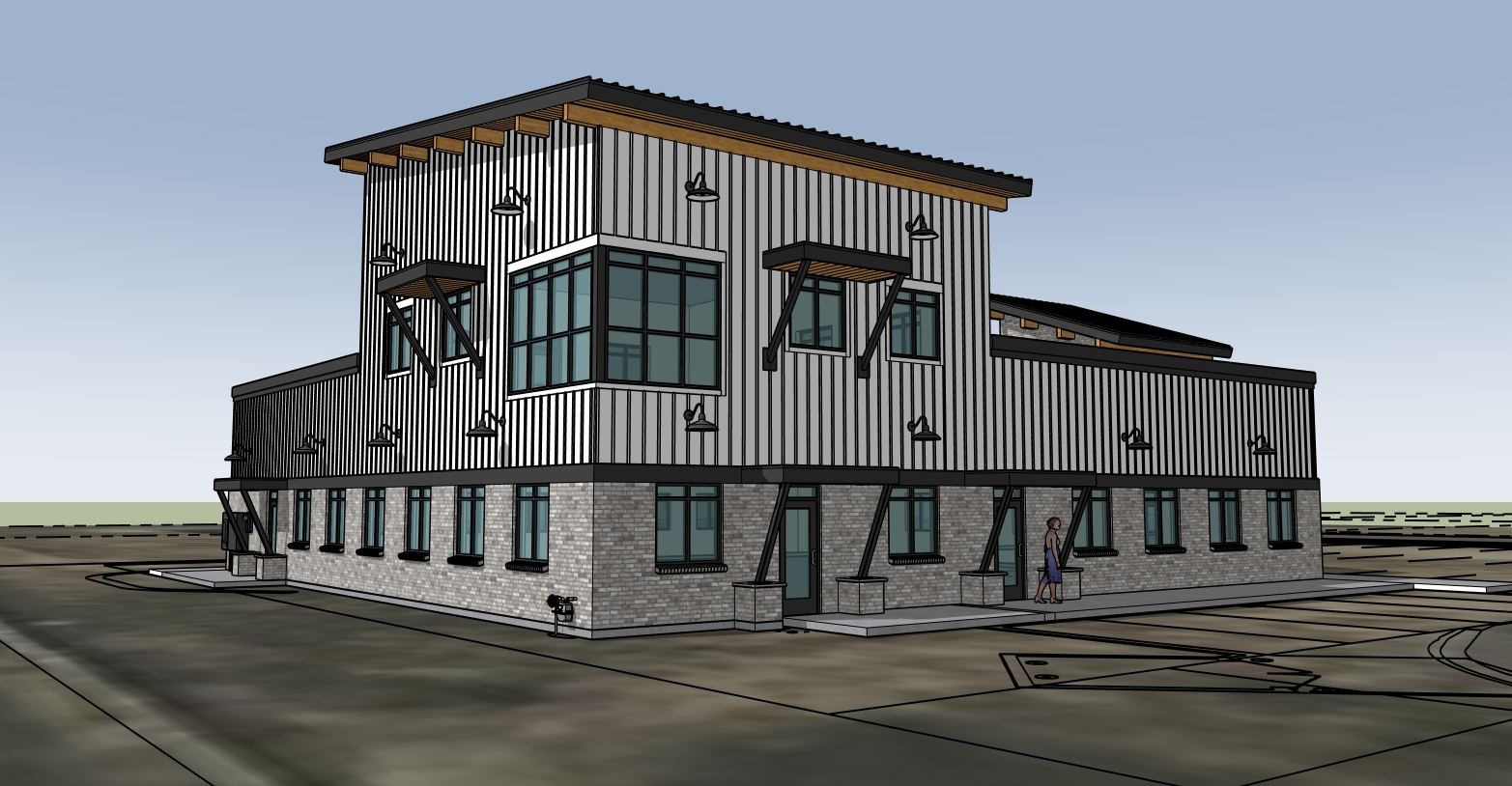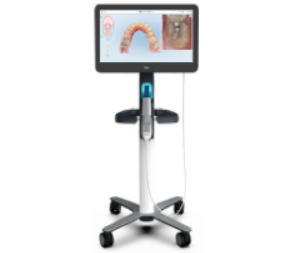
iTero Scanner
At Smile Orthodontics we have made clear aligner treatment even easier and more proficient with the use of our latest iTero Digital Impression Scanner. This state-of-the-art technology allows our well-trained technicians to take accurate 3D digital images of your mouth. By taking these scans we eliminate the need for impressions as well as expedite the process of starting your aligner treatment.
The iTero scanner is all about patient comfort. It delivers a digital impression that is much more accurate than a routine dental impression. The iTero scanner does not expose our patients to any sort of radiation and is completely safe. The best part is that the iTero scanner is fast and accurate. Your clear aligner treatment is expedited and the fit of your aligners is far superior than when made with traditional impressions.
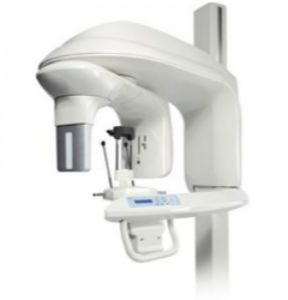
Cone-Beam CT Scans
Using a rotating imaging device that moves around the patient’s head, the scanner records between 150 and 600 different X-ray views in under a minute. Then, a powerful computer processes the information and creates a virtual model of the area under study. When it’s done, the model appears as a three-dimensional image on a computer screen: It can be rotated from side to side or up and down, examined in greater or less detail, and manipulated in any number of ways — all without the patient feeling any discomfort… or even being present.
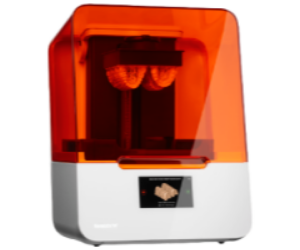
3D Printing
3D printing technology has revolutionized orthodontics and pediatric dentistry, enabling us to provide personalized and efficient treatment. With this innovative tool, we can design and fabricate precise aligners, retainers, and space maintainers directly in our offices. These custom-made appliances fit perfectly, ensuring more effective tooth movement and improved comfort for the patient. By creating these devices in-house, we can reduce waiting times and make adjustments quickly. Thus, 3D printing is not just enhancing dental care, but also transforming the patient experience at SMILE Orthodontics & Pediatric Dentistry.
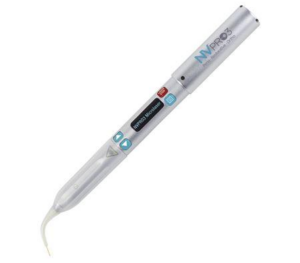
Soft Tissue Laser
Soft-tissue lasers have become an invaluable tool in orthodontics and pediatric dentistry, offering a minimally invasive alternative to traditional surgical methods. These lasers can be used to treat a variety of soft tissue problems, often resulting in less bleeding, pain, and faster healing times.
One of the key applications of soft-tissue lasers in these fields is the treatment of gummy smiles, a condition characterized by excessive gum tissue covering the teeth. Through a procedure known as gingival contouring, lasers can effectively reshape and recontour the gum tissue to achieve a balanced and aesthetically pleasing smile.
Soft-tissue lasers are also employed in laser frenectomies, procedures aimed at correcting restrictive or tight frenum (the connective tissue between two body parts). This procedure can greatly improve oral functionality and comfort, particularly in cases where the frenum interferes with speech, swallowing, or oral hygiene.
In the context of gum disease, soft-tissue lasers have proven particularly beneficial. They can target and eliminate harmful bacteria deep within gum pockets and selectively remove diseased tissue without causing harm to healthy surrounding tissue. Furthermore, they can remove the thin layer of cells inhibiting the reattachment of gum and bone tissues to the tooth, while simultaneously sealing off adjacent blood vessels. This process results in less bleeding and a quicker recovery.
Lastly, soft-tissue lasers are also effective in treating oral ulcers and sores. By reducing inflammation and disinfecting the area, they can expedite the healing process and provide relief to patients.
Overall, the integration of soft-tissue lasers into orthodontic and pediatric dental practices has enabled more precise, efficient, and patient-friendly treatment approaches.
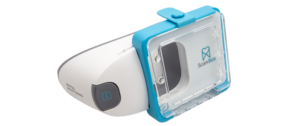
Virtual Dental Monitoring
At SMILE Orthodontics & Pediatric Dentistry, we are committed to leveraging the latest advancements in dental technology to enhance our patient care. One such innovation is Virtual Dental Monitoring, a revolutionary system that brings orthodontic treatment into the digital age.
Virtual Dental Monitoring allows us to remotely monitor your orthodontic progress using a smart algorithm and high-quality images of your teeth taken through a simple smartphone app. This means less time spent in the clinic for check-ups and adjustments and more convenience for you.
The process is straightforward. You’ll take regular scans of your teeth using the Dental Monitoring smartphone app. These images are then analyzed by advanced software that can detect even the slightest changes in tooth movement. Our orthodontists receive these updates and can make real-time adjustments to your treatment plan as necessary.
This technology not only makes your life easier but also enhances the quality of your treatment. With continuous monitoring, we can ensure that your orthodontic treatment is progressing as planned, and intervene promptly if needed.
Embracing this cutting-edge technology reaffirms SMILE Orthodontics & Pediatric Dentistry’s commitment to providing the highest standard of care. We’re excited about the potential of Virtual Dental Monitoring to transform your orthodontic journey, making it more efficient, convenient, and personalized than ever before.
